Ever wondered what kinds of jobs people held before modern offices, tech, and industry transformed our working lives? Before computers, factories, and even written records, people worked in professions that sound downright bizarre to us today. Many of these ancient jobs were essential to the survival, culture, or convenience of early societies but are nearly unthinkable now. From jobs dedicated to warding off evil spirits to those focused on cleaning the streets in rather unique ways, these professions tell a story about the fascinating diversity of human life in the past. Let’s take a look at 16 professions from ancient times that have disappeared completely, and what these unusual jobs reveal about the world our ancestors lived in.
1. Gong Farmer
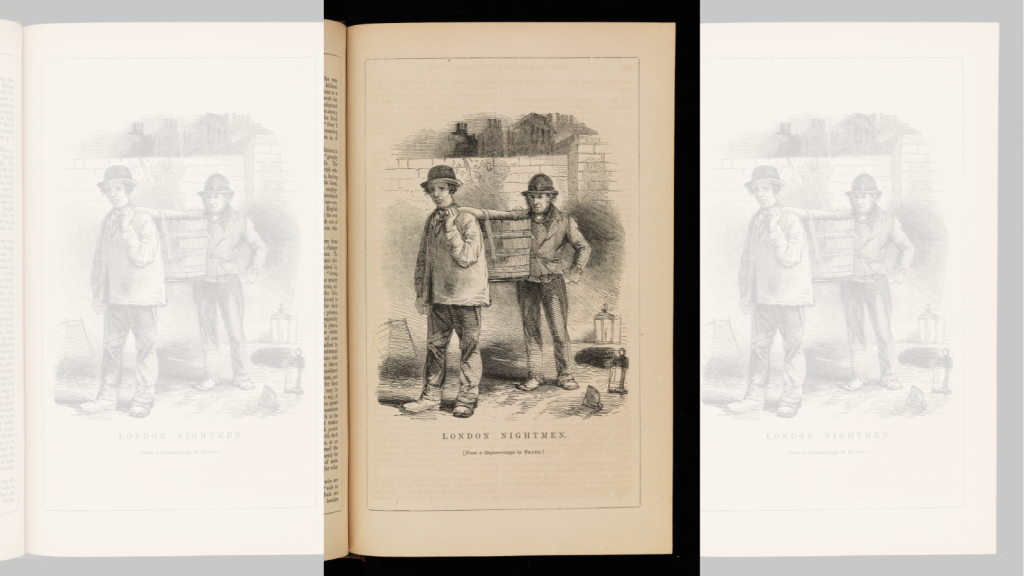
Gong farmers were responsible for cleaning out cesspits and privies in medieval cities. Working only at night, they used long poles to scoop waste out of large pits, which was both hazardous and foul-smelling. Though this work was essential for public health, it was considered disgraceful, and gong farmers often lived at the edge of society.
2. Knocker-Up
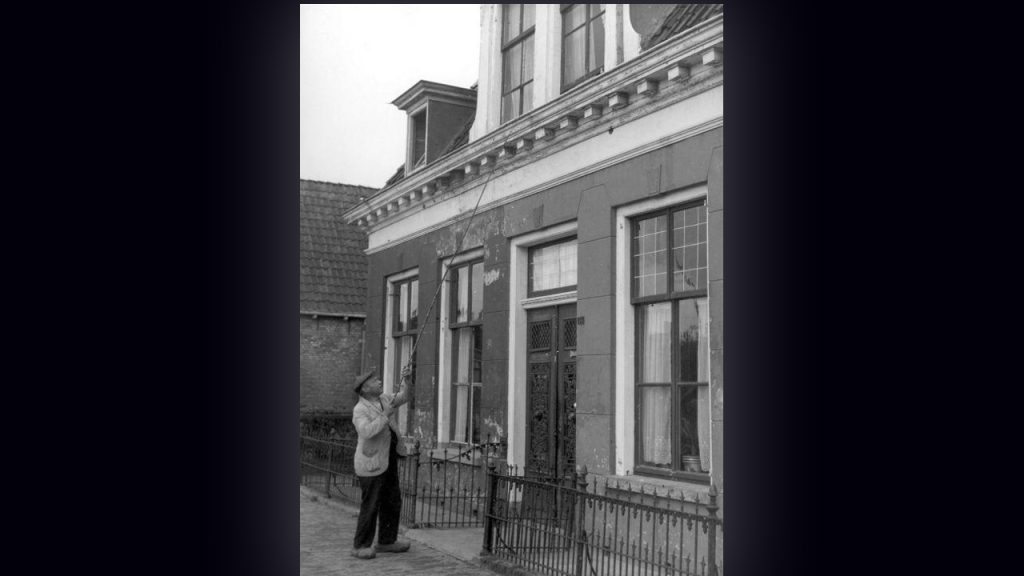
Before alarm clocks, “knocker-ups” were hired to wake people up by tapping on their windows with long poles. This role became especially popular during the Industrial Revolution in Britain, when factory workers needed to be up before dawn. The profession faded with the invention of affordable alarm clocks.
3. Rat Catcher
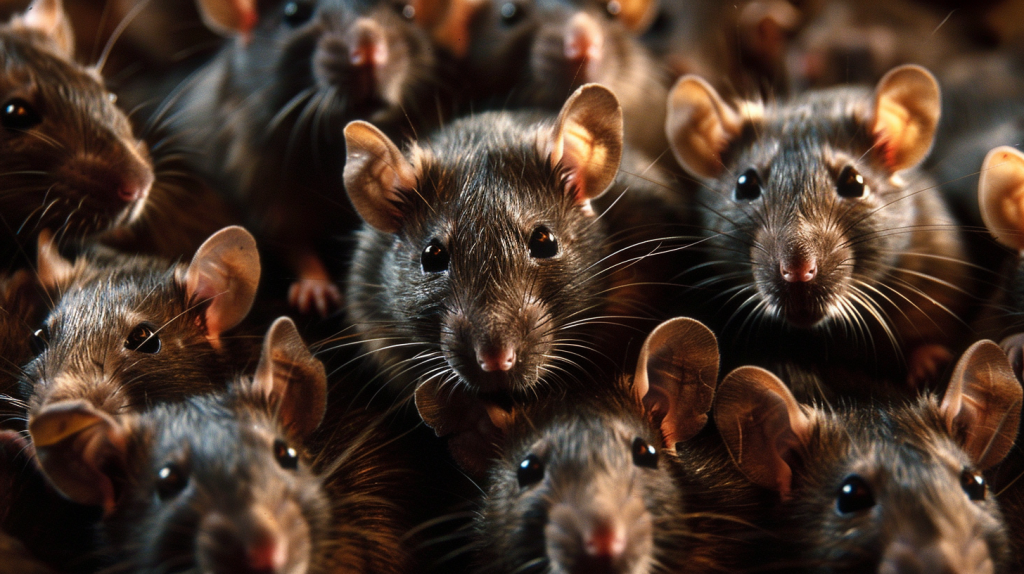
Rat catchers were employed in towns and cities plagued by rodents. Using traps, poison, and even trained animals, they helped keep rat populations under control. In an era without advanced pest control, rat catchers played a crucial role in preventing disease, especially during times like the Black Plague.
4. Whipping Boy
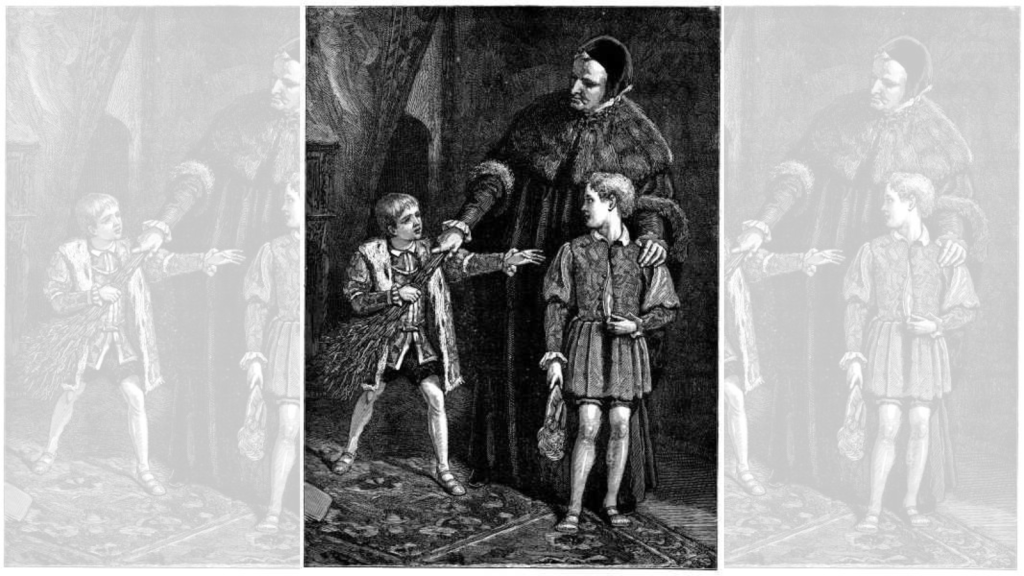
In royal courts, the “whipping boy” was a child who took punishments on behalf of young royals when they misbehaved. Since kings and queens’ children couldn’t be physically punished, whipping boys were educated alongside them and bore the physical punishment instead.
5. Leech Collector
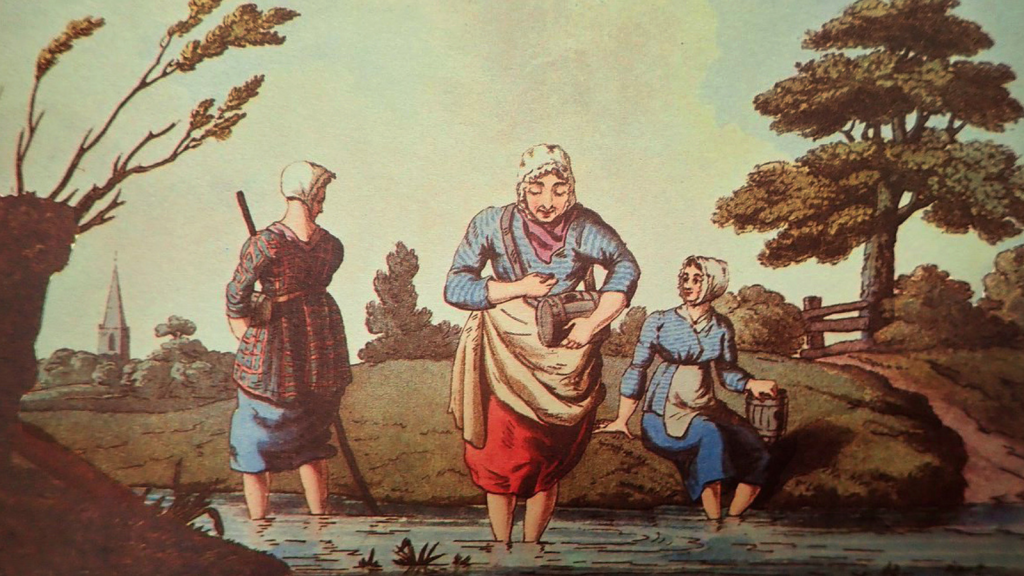
Doctors in ancient times used leeches to “bleed” patients, believing this would balance the body’s humours. Leech collectors waded into swamps and ponds, letting leeches attach to their legs to gather them. They’d then sell the leeches to doctors and apothecaries.
6. Lector
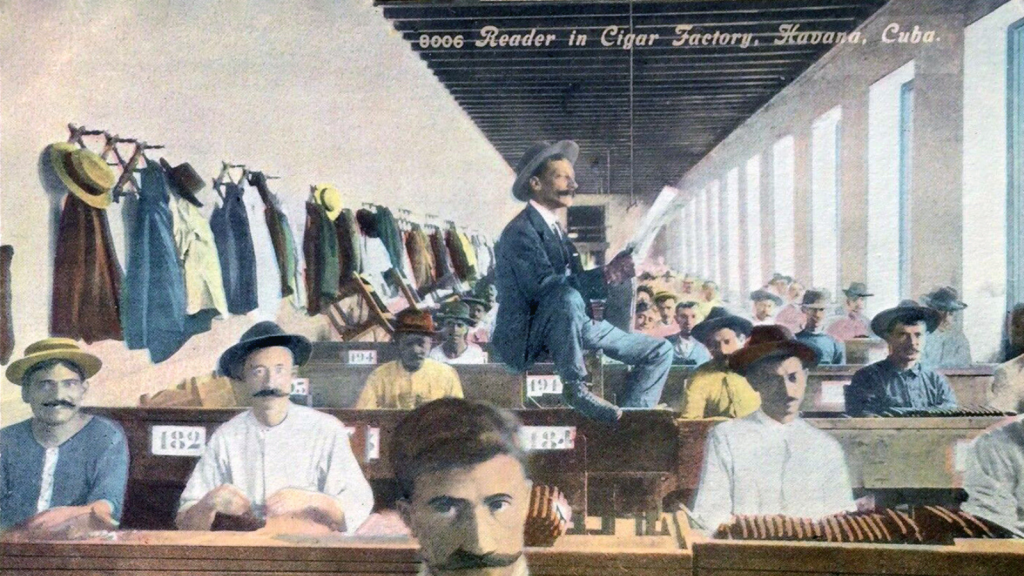
In noisy factories, lectors were hired to read newspapers, books, and political pamphlets aloud to keep workers entertained. This role was common in Cuban cigar factories, where workers needed something to break up the monotony of repetitive tasks.
7. Sin Eater

A sin eater was hired to eat food over a deceased person’s body, symbolically absorbing their sins to help their soul move on to the afterlife. Though it may seem strange now, sin eaters provided comfort to grieving families, especially in parts of England, Scotland, and Wales.
8. Lamp Lighter
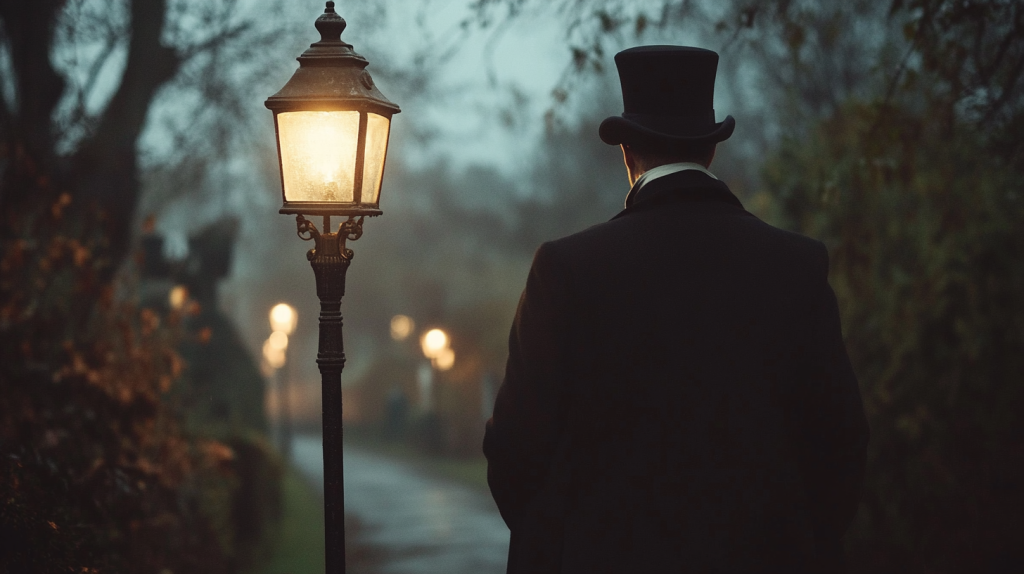
Before electric streetlights, lamp lighters would walk through towns at dusk, lighting streetlamps with a long pole. At dawn, they’d return to extinguish the lamps. With the arrival of electricity, this romantic profession quickly became obsolete.
9. Resurrectionist
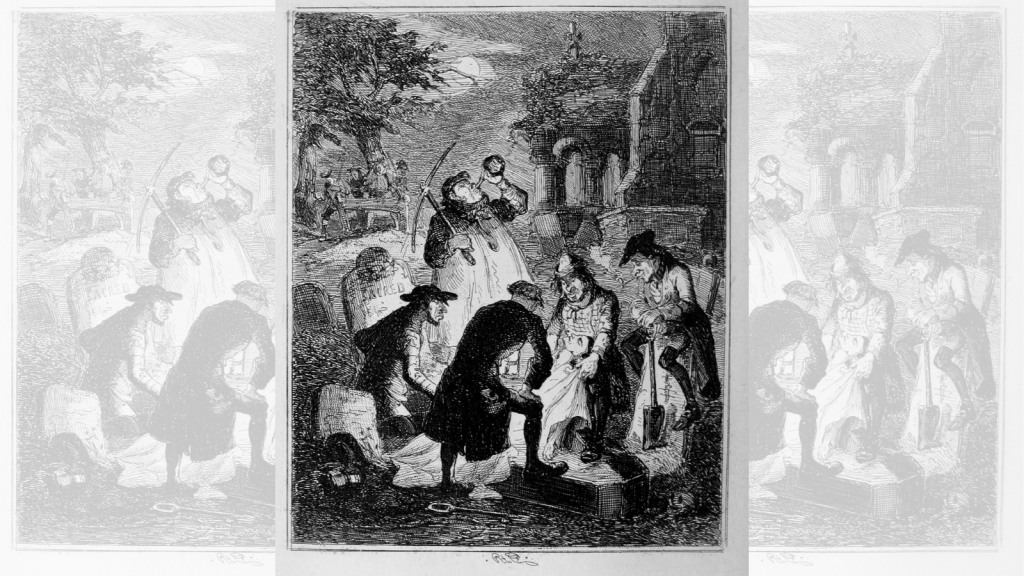
In the 18th and 19th centuries, resurrectionists, or “body snatchers,” dug up corpses to sell to medical schools for anatomical study. Because it was illegal to donate bodies, medical students depended on these nocturnal workers for cadavers.
10. Alchemist
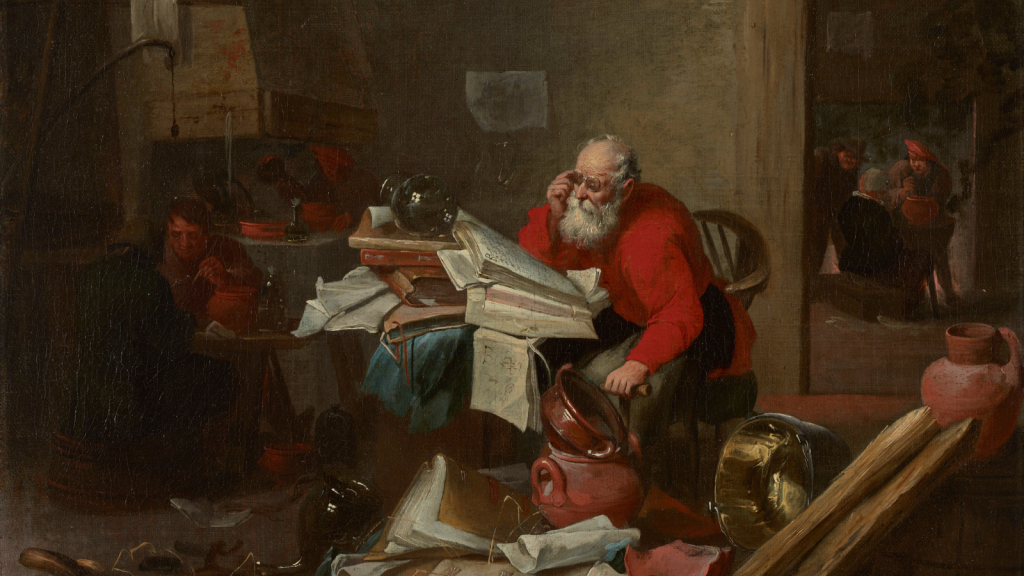
While alchemists are often thought of as mystical figures, they actually experimented with early chemistry, aiming to turn base metals into gold and discover the elixir of life. Although their work paved the way for modern chemistry, alchemy itself faded as science advanced.
11. Plague Doctor
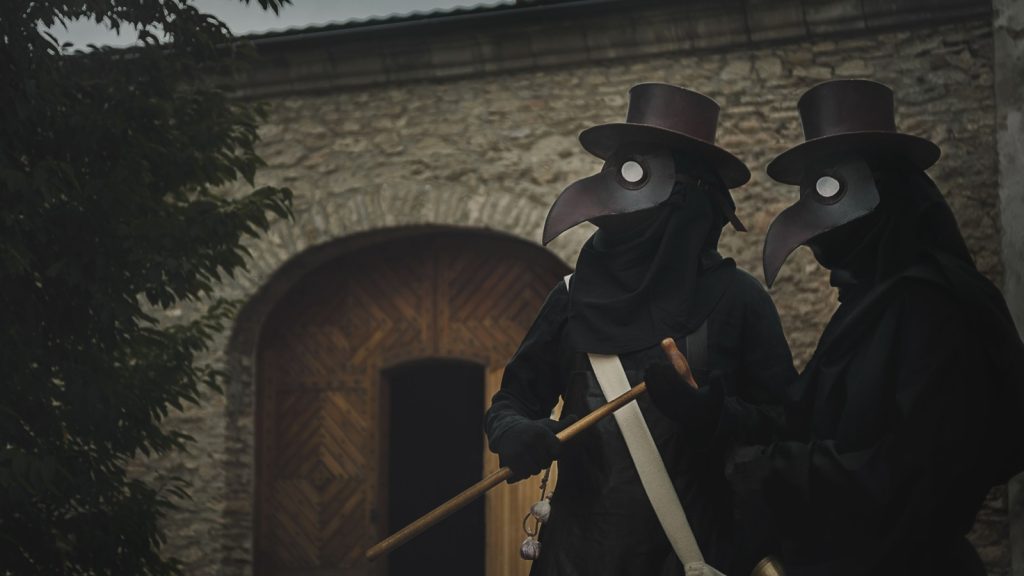
During the Bubonic Plague, plague doctors wore long coats and beaked masks filled with herbs, believing this would protect them from “bad air.” These doctors treated the sick, but their limited knowledge often made them more symbols of fear than healers.
12. Fuller
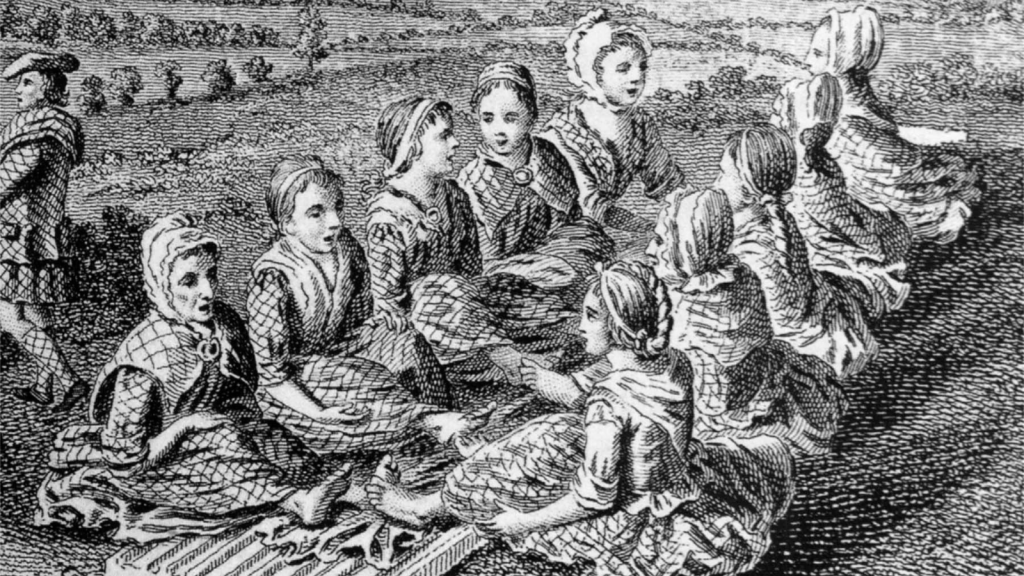
Fullers worked with freshly woven wool to cleanse and thicken it, often by trampling on it with their feet. This process required the use of stale urine, making fulling houses some of the least pleasant places in ancient towns.
13. Tosher
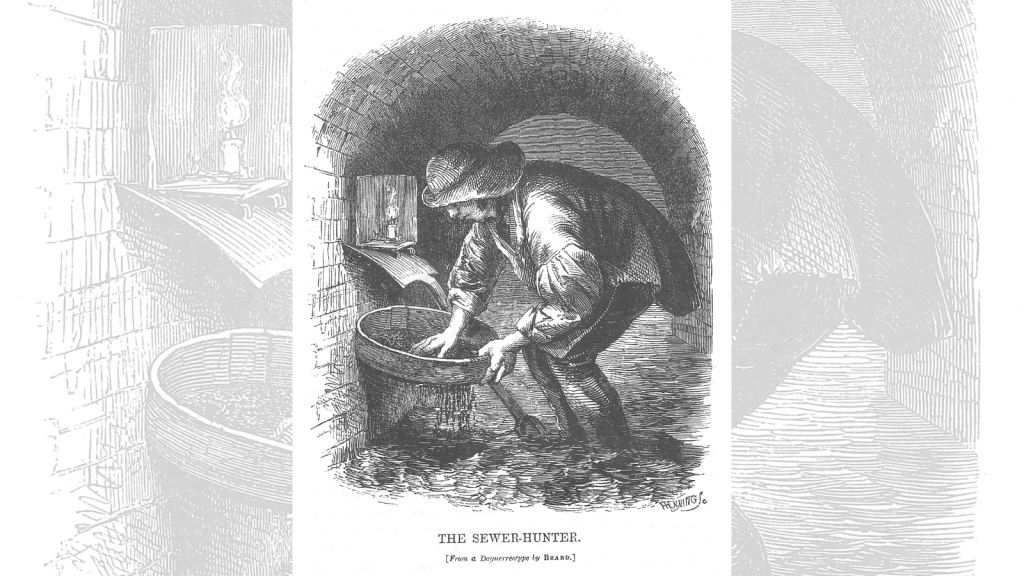
In Victorian London, toshers scavenged through sewers looking for valuable items that had been lost or discarded, such as coins and jewelry. They risked their health and lives working in cramped, unsanitary conditions for small but valuable finds.
14. Scribe
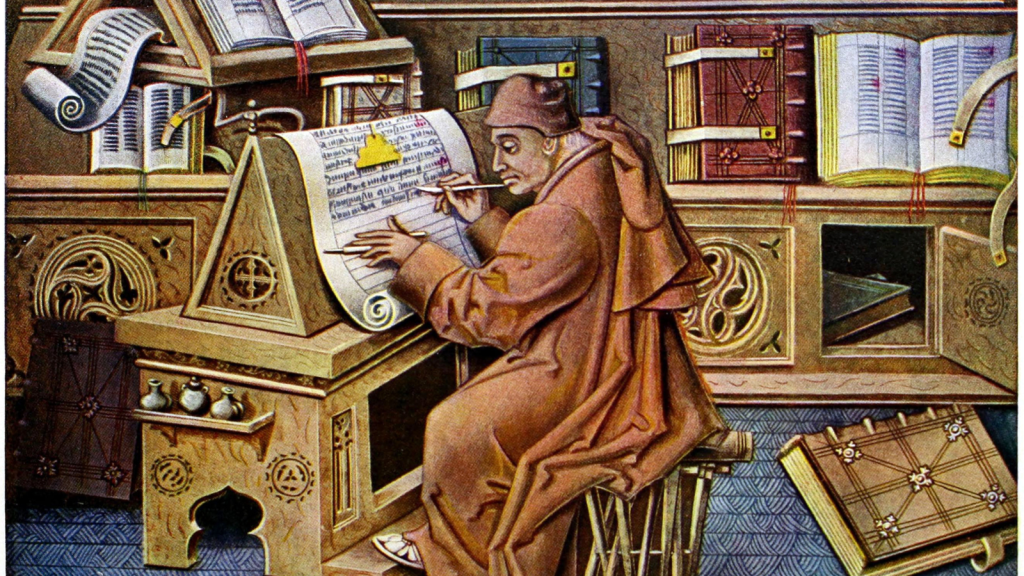
Before printing presses, scribes were essential for copying religious texts, legal documents, and literature. Scribes had to master complex scripts and languages, ensuring knowledge could be shared across generations. With the rise of printing, their skills became redundant.
15. Herb Strewer
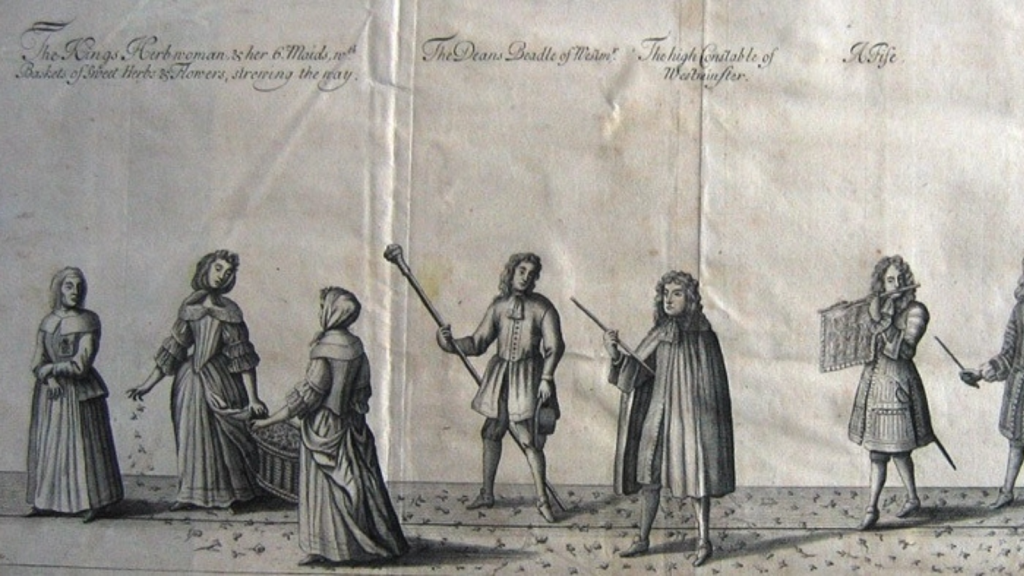
Herb strewers were employed in royal households to scatter fragrant herbs around rooms to mask foul smells. In an age before modern sanitation, these herbs were essential for improving air quality and making enclosed spaces bearable.
16. Ale-Conner
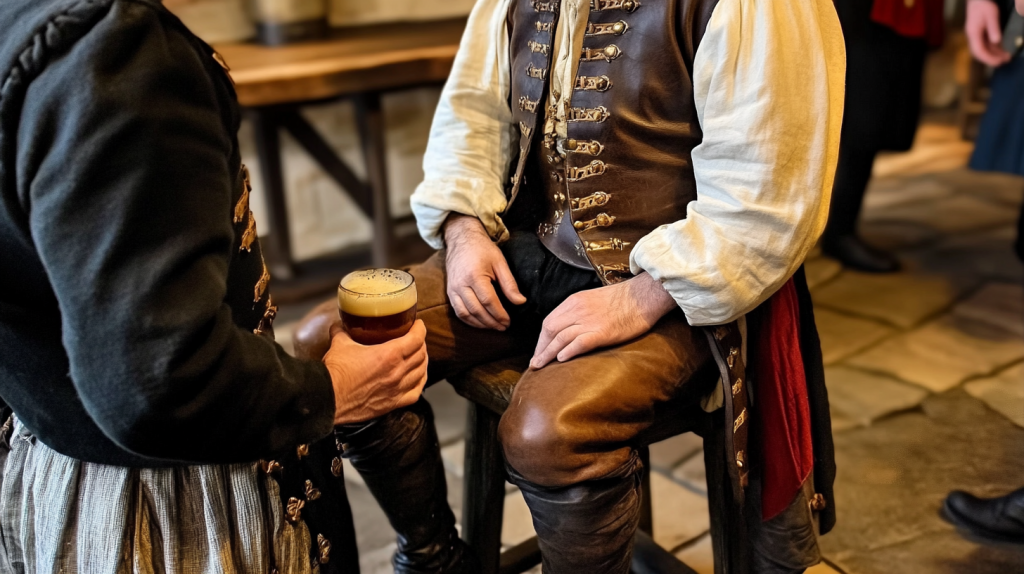
An ale-conner was tasked with testing the quality of ale and beer in medieval England. Dressed in leather breeches, they’d sit on a beer-soaked bench, and if they stuck to it, the ale was said to be of proper consistency! This quirky quality-control job is a reminder of the past’s practical, if strange, methods.
16 American Foods Brits Can’t Stand
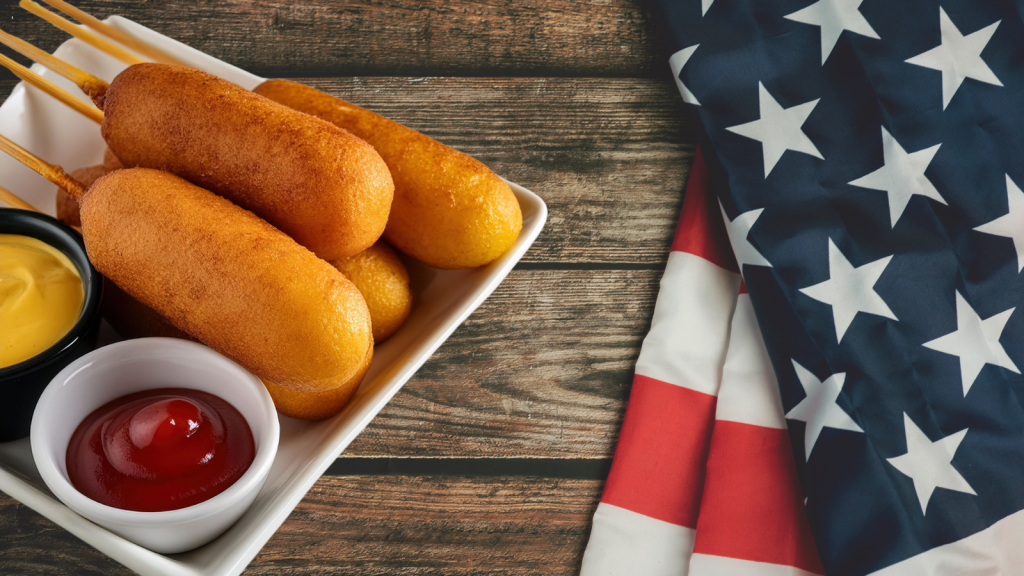
Food preferences can vary wildly across cultures, and what’s considered a delicacy in one country might be seen as downright bizarre in another. This cultural divide is particularly evident when comparing American and British cuisines. While the two nations share a common language, their tastes in food can be worlds apart. From overly sweet concoctions to processed cheese products, there are certain American foods that many Brits find hard to stomach.
Read More: 16 American Foods Brits Can’t Stand
Ellen has been obsessed with logic puzzles, jigsaws, and cryptograms since she was a kid. After learning she was taught how to play chess wrong by a family friend (so they could win), she joined her school chess club and the rest is history.


